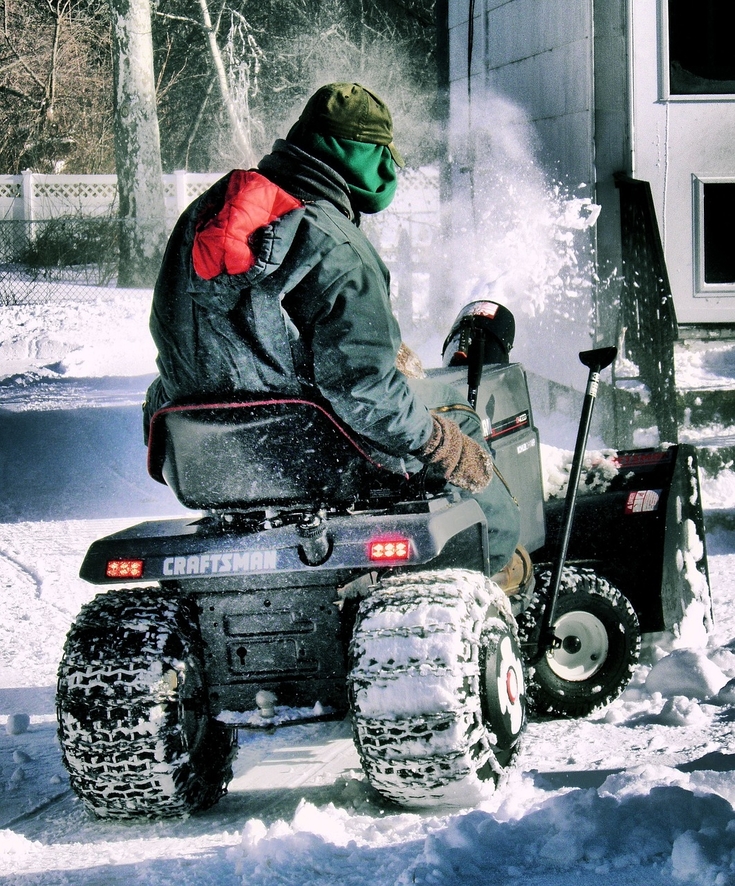June 13th is National “Weed Your Garden Day”, a day that has been set aside for gardeners to spend an extra few minutes weeding their gardens. My ideal way of observing the day would be to watch my children weed the garden, but if I’m being realistic that would mean plants as well as weeds would get pulled up. So it’s very likely that I will either celebrate this day with some quality alone time, just me and my weeds, or I will enlist my family’s help and spend the time referring sibling fights while saving my plants from the weed bucket.
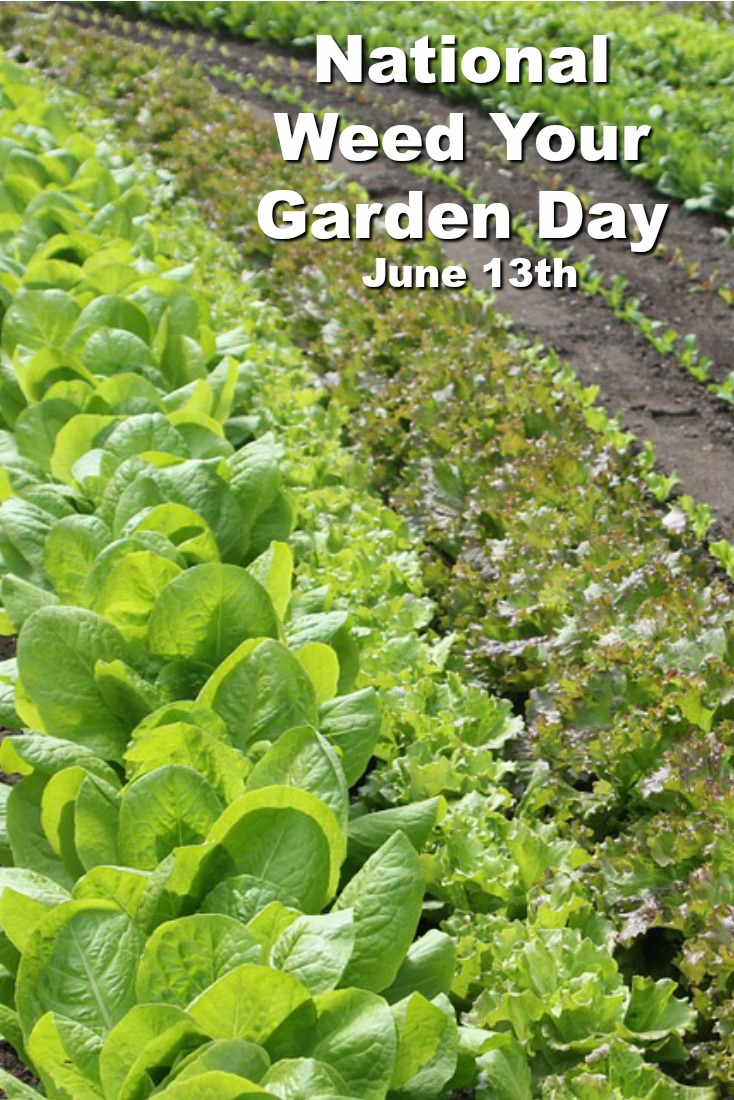
Photo Credit: Flickr
Actually, if I’m being completely honest, the way I’d really like to celebrate Weed Your Garden Day is by not weeding at all! If you’re feelings are similar, here are five ideas for weed control that will save you time in the garden later.
- Mulch – Putting down mulch in your garden will help to keep weeds from growing up among your plants. Mulch also provides the benefit of retaining moisture in the soil, which will mean less watering for you! Newspaper, cardboard, and straw can be effective mulch in gardens. Quality local independent garden centers have many options of quality mulch and soil amendments.
- Focused Watering – A drip watering system in the garden will ensure that you are watering your plants and not weeds. With a drip system you can focus the water on specific areas in the garden instead of spraying it over one large area, preventing weed growth.
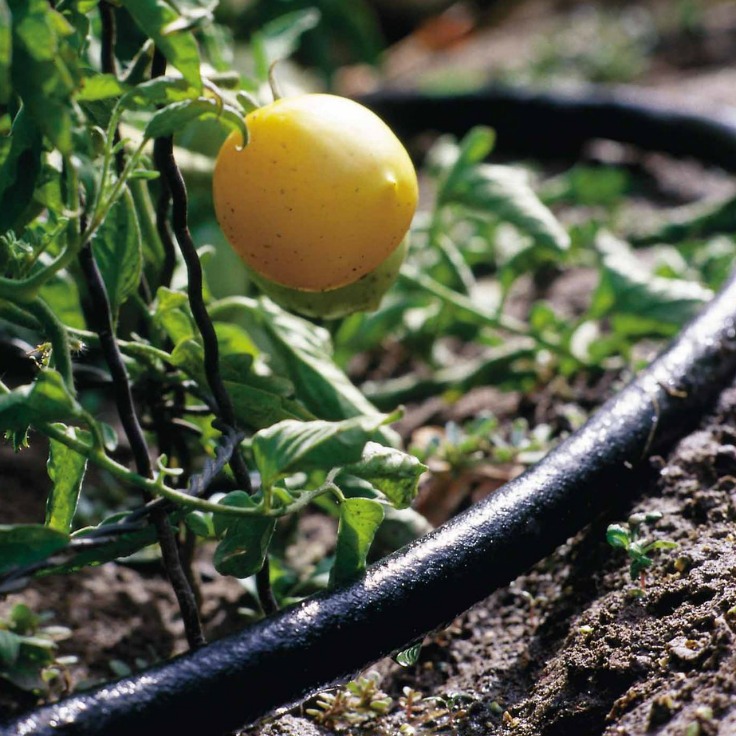
Photo Credit: Public Domain Picture
- Keep Plants Together – When possible, plant your plants close together. Less bare dirt in the garden means less space for weeds to grow.
- Young Weeds – This one takes vigilance on your part, but if you can catch weeds when they’re young you’ll prevent them from spreading throughout your garden. It’s much easier to pull weeds when they’re young and their roots aren’t established in the ground. It is especially important to catch the weeds before they go to seed and spread throughout the garden.
- Maintain Yard- Don’t neglect the yard that surrounds your garden. Keep your lawn mowed and your flower beds maintained so that weeds don’t invade from those location into the garden.
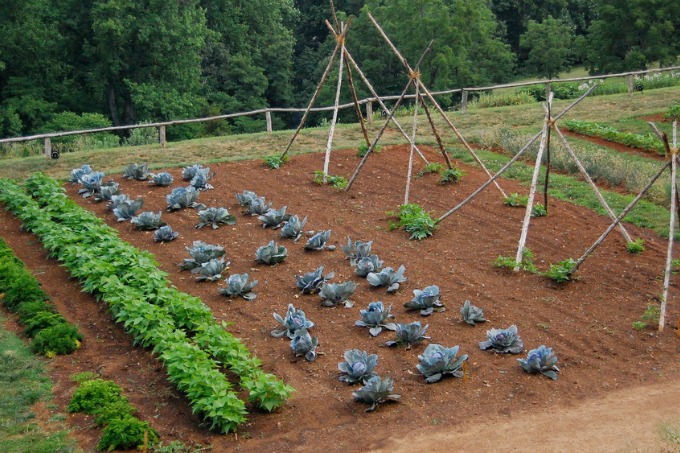
Photo Credit: Pixabay
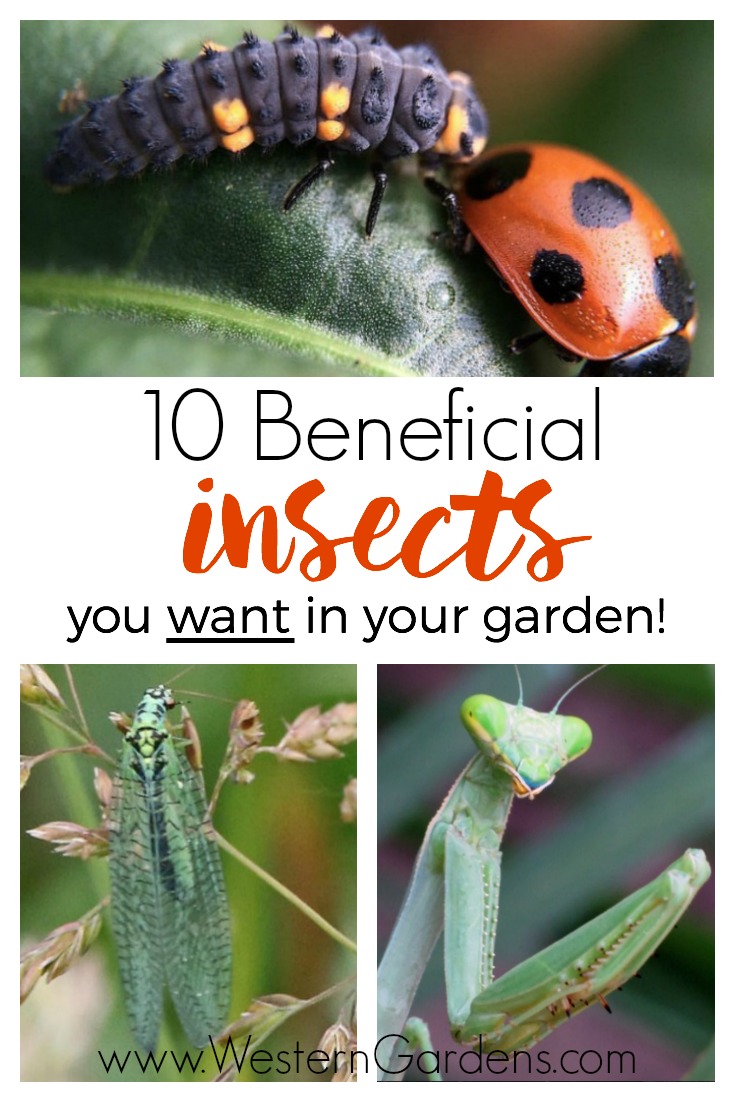
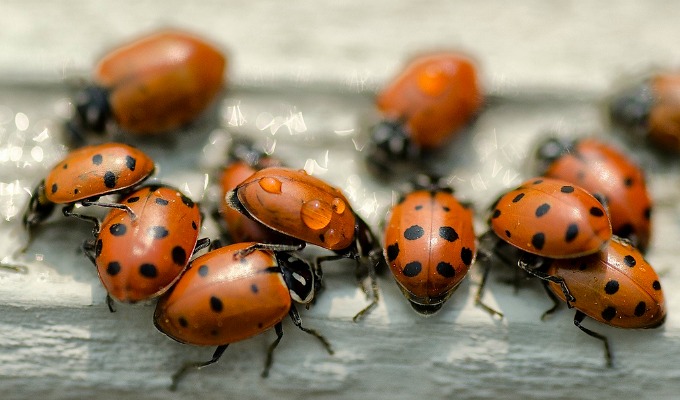
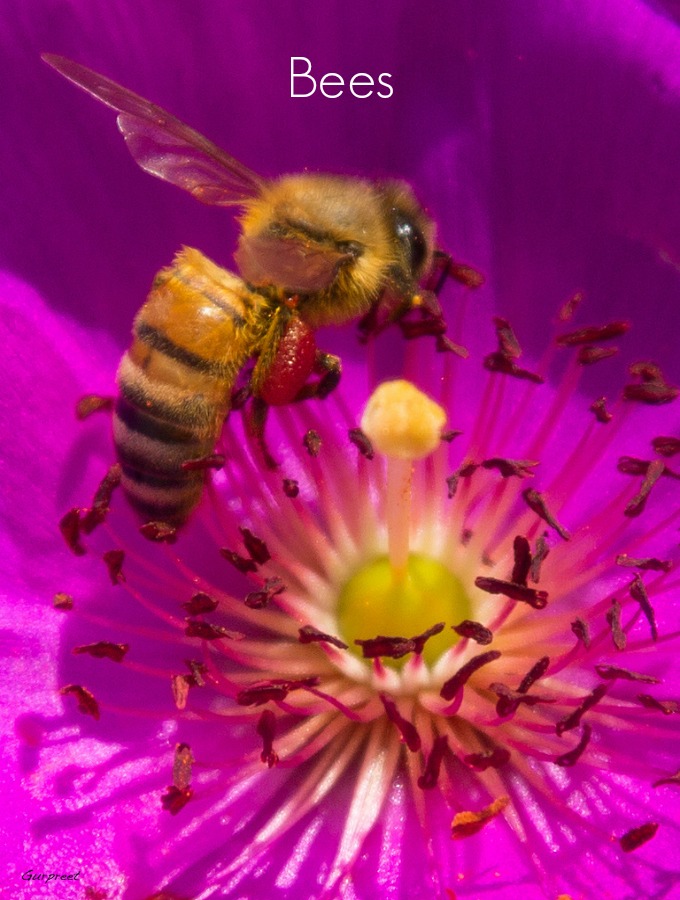
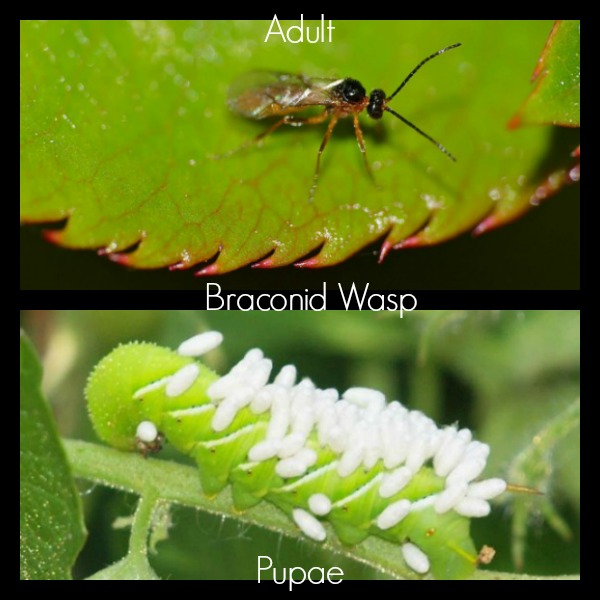
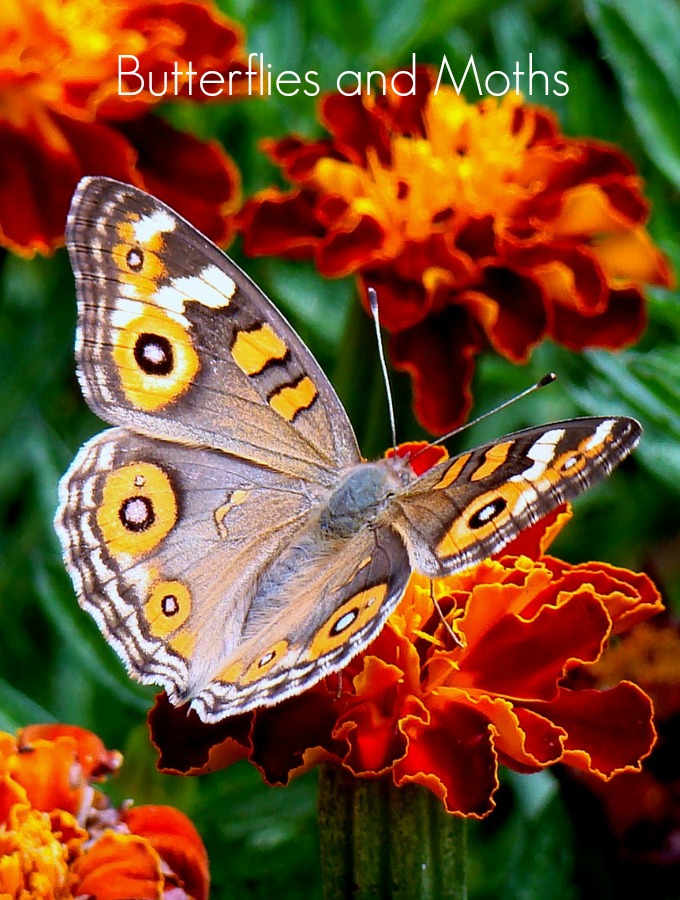
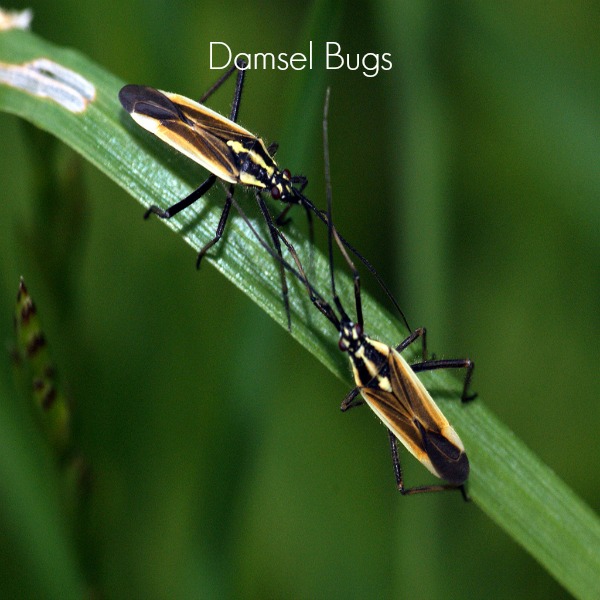
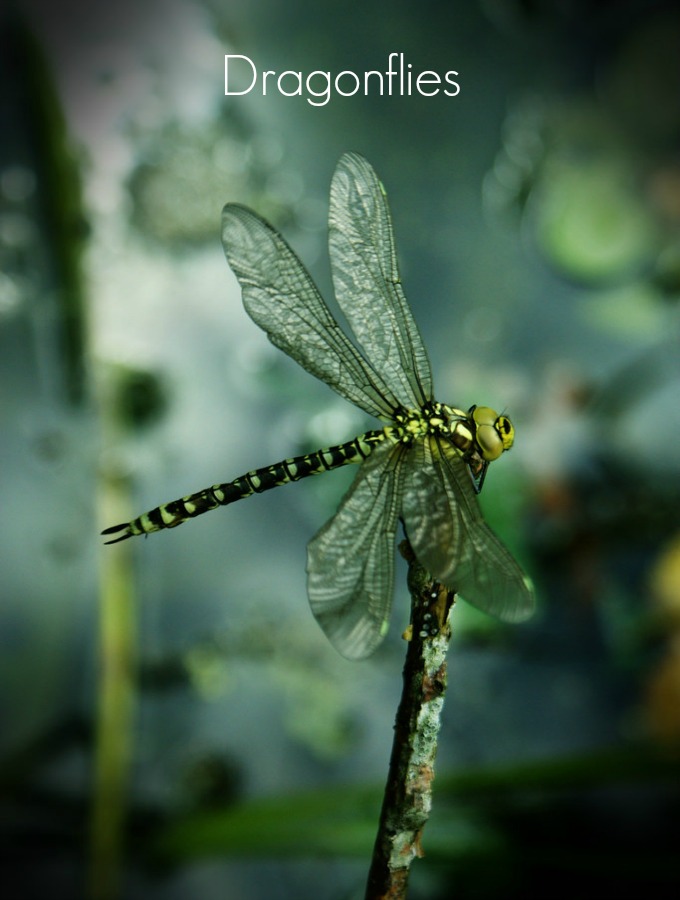
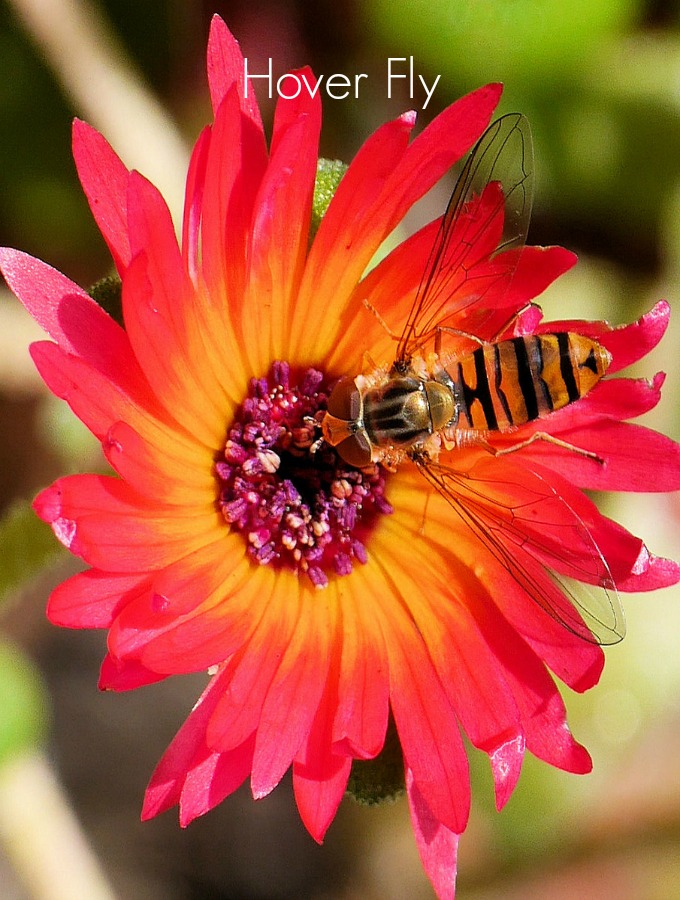
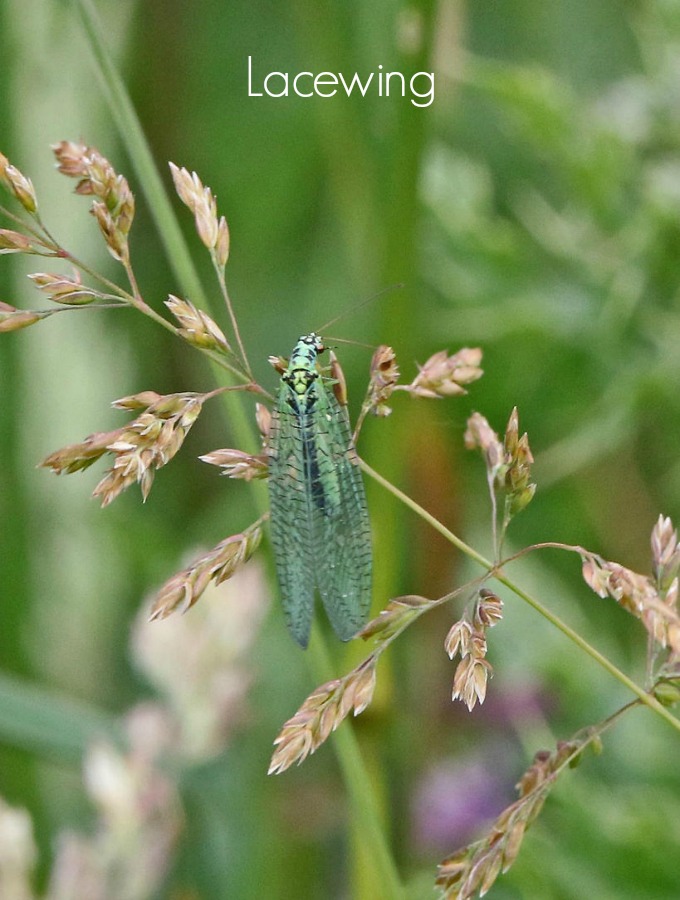
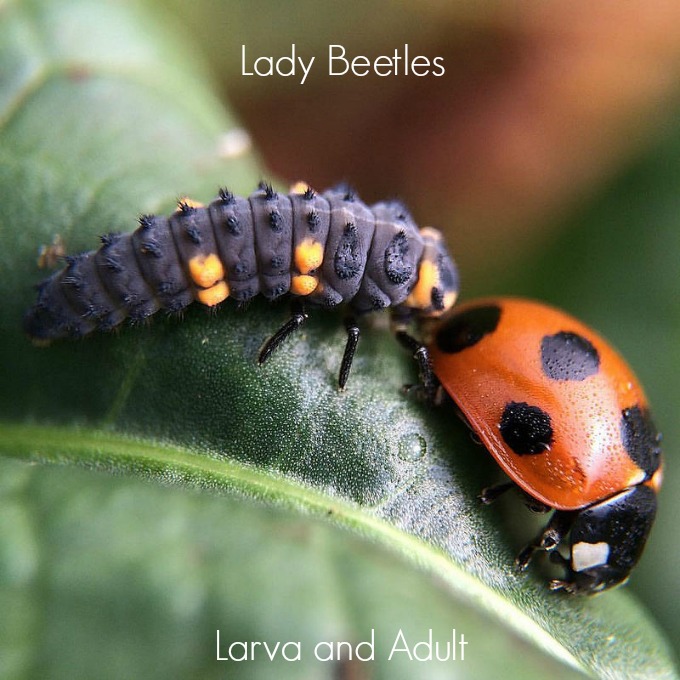
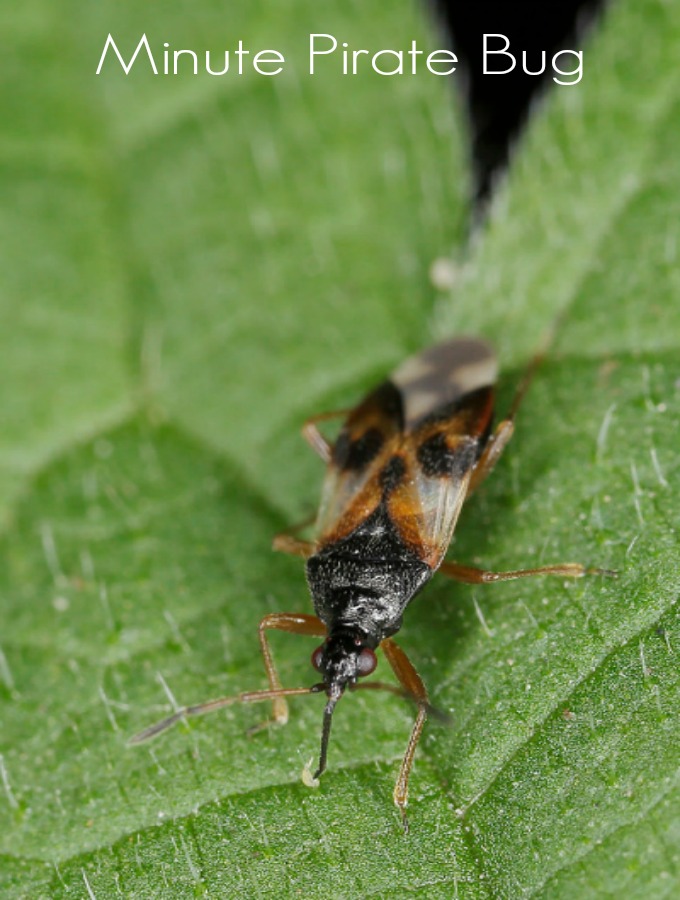
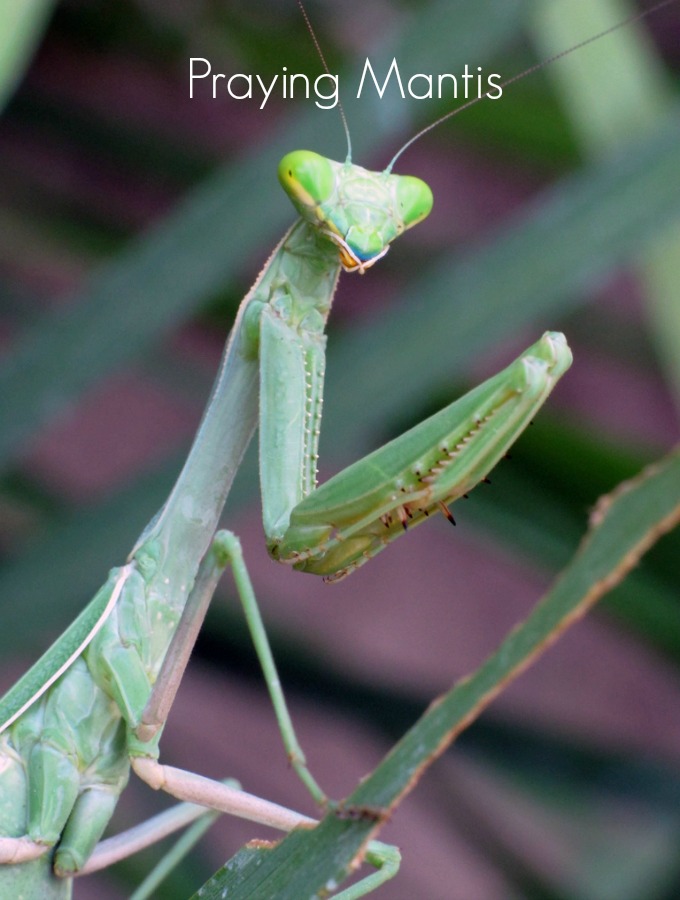
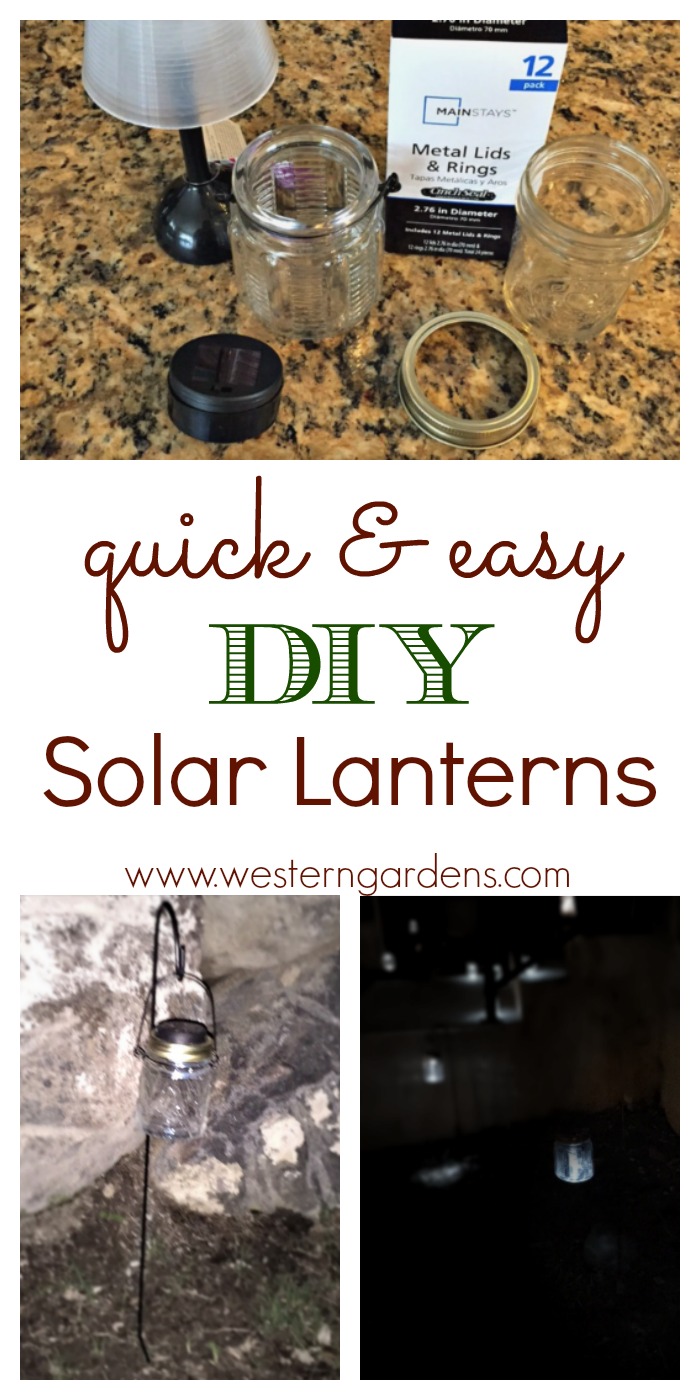
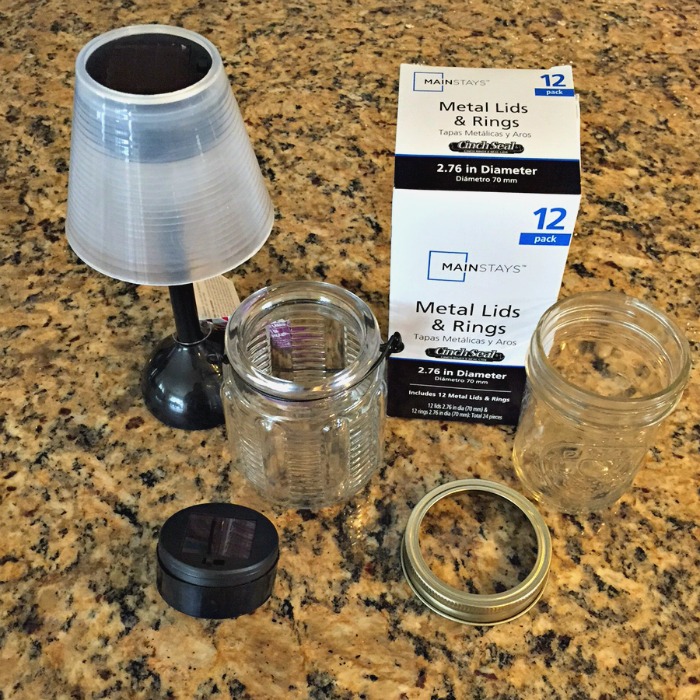
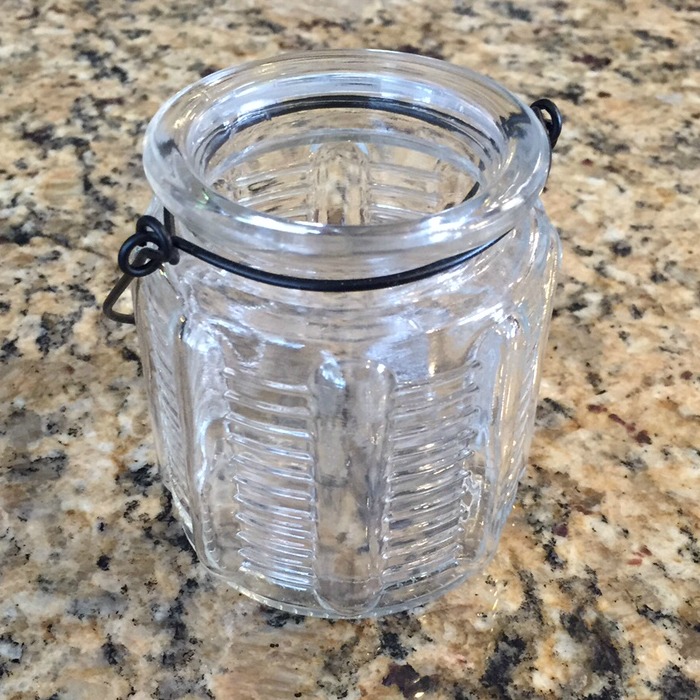
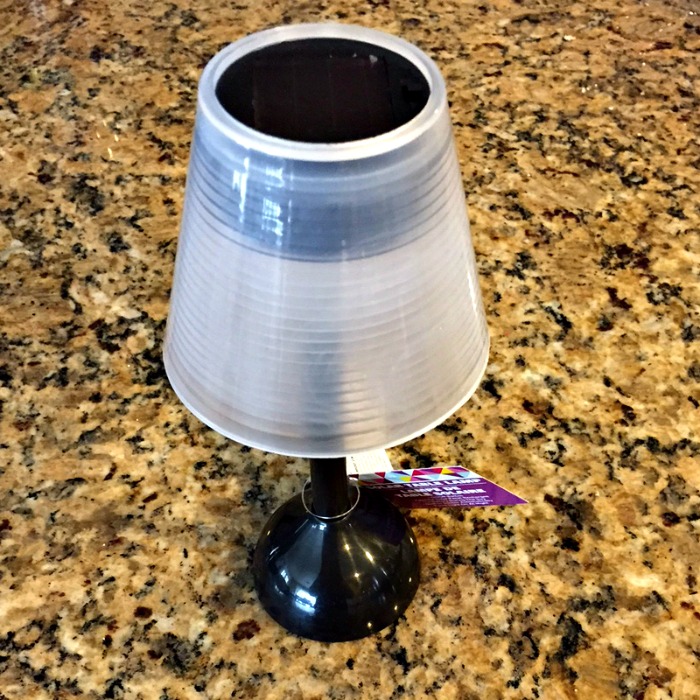
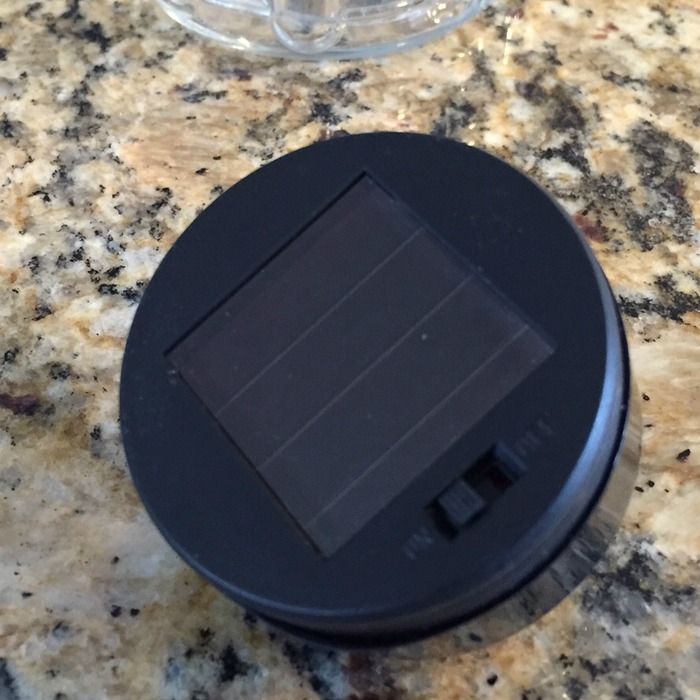
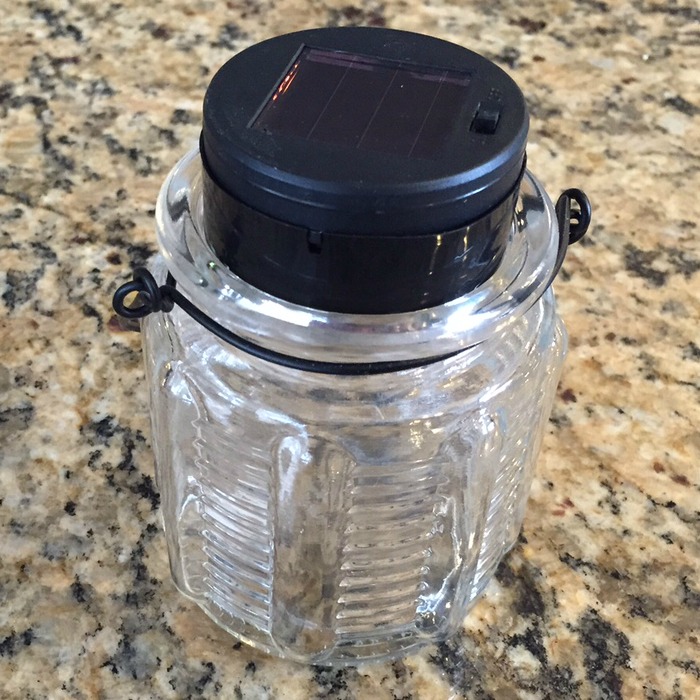
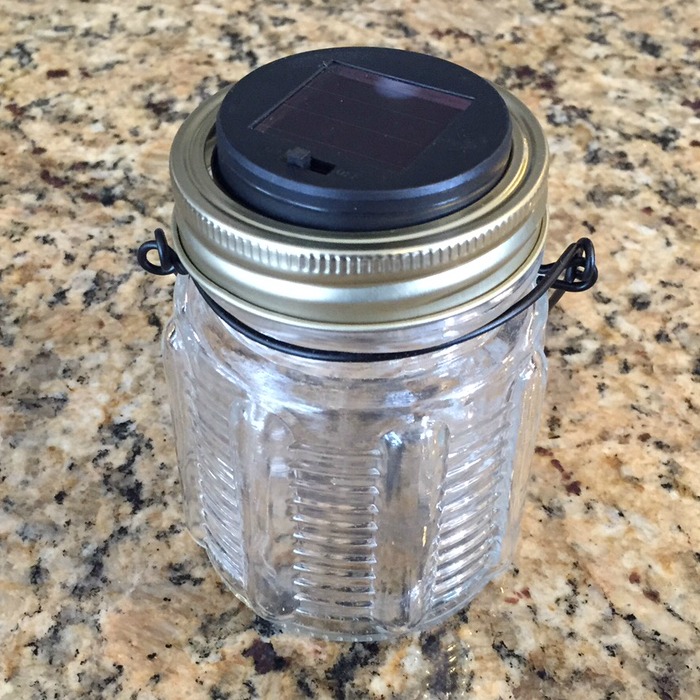
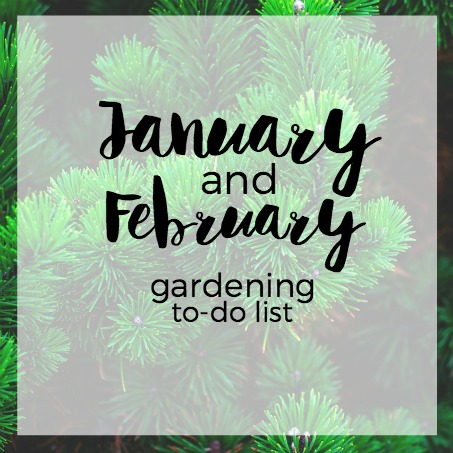
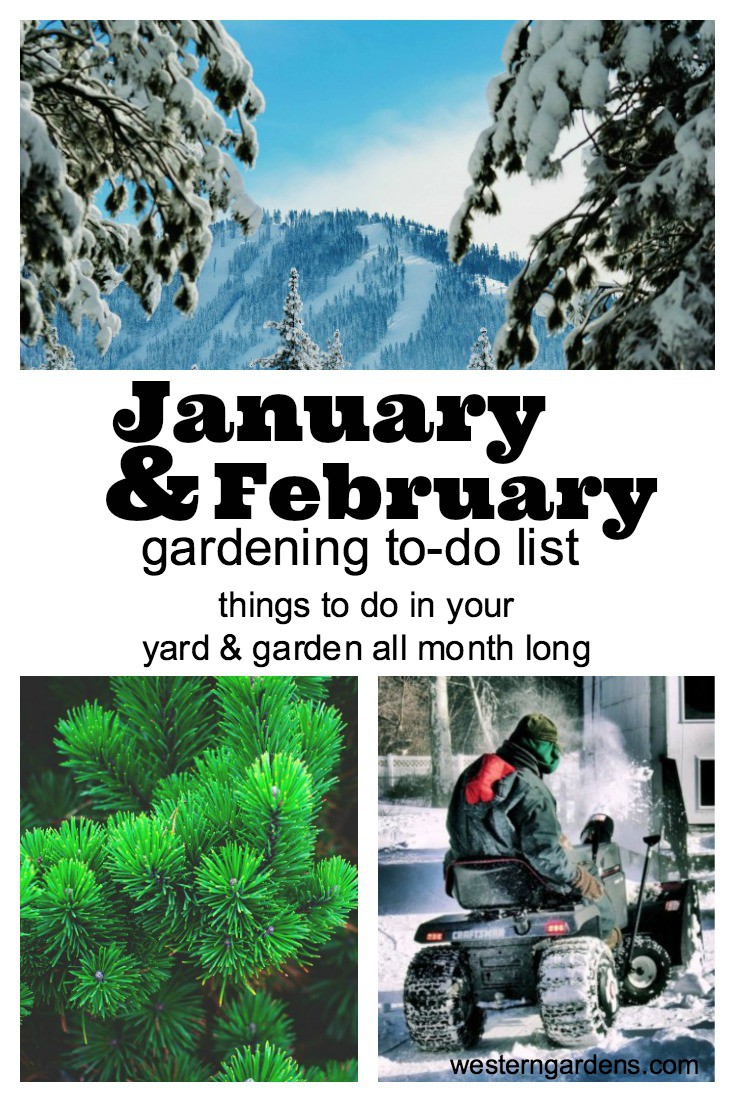
 If you’re excited to work in your yard or garden, but not sure what to do in the Winter weather, then you’ve come to the right place! We’ve put together a list of things to do to keep your yard in top shape.
If you’re excited to work in your yard or garden, but not sure what to do in the Winter weather, then you’ve come to the right place! We’ve put together a list of things to do to keep your yard in top shape.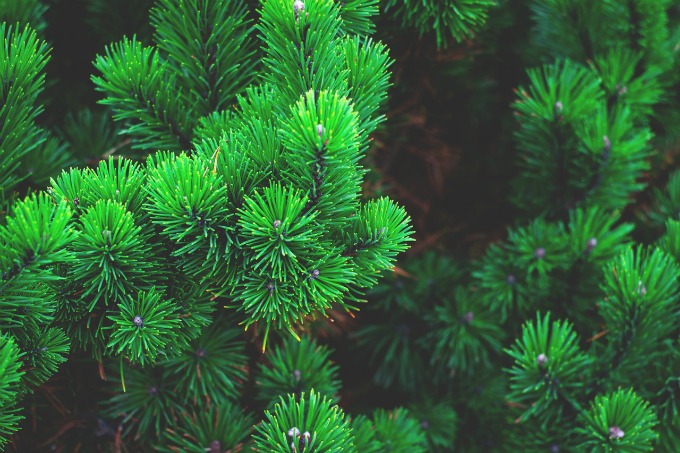 You may not need to do everything on this list. For example, if you don’t have a Christmas tree to recycle or trees branches to watch for heavy snow, skip over those items on the list. Just pick what applies to your home and yard and plan out when you will do it all throughout the month!
You may not need to do everything on this list. For example, if you don’t have a Christmas tree to recycle or trees branches to watch for heavy snow, skip over those items on the list. Just pick what applies to your home and yard and plan out when you will do it all throughout the month!